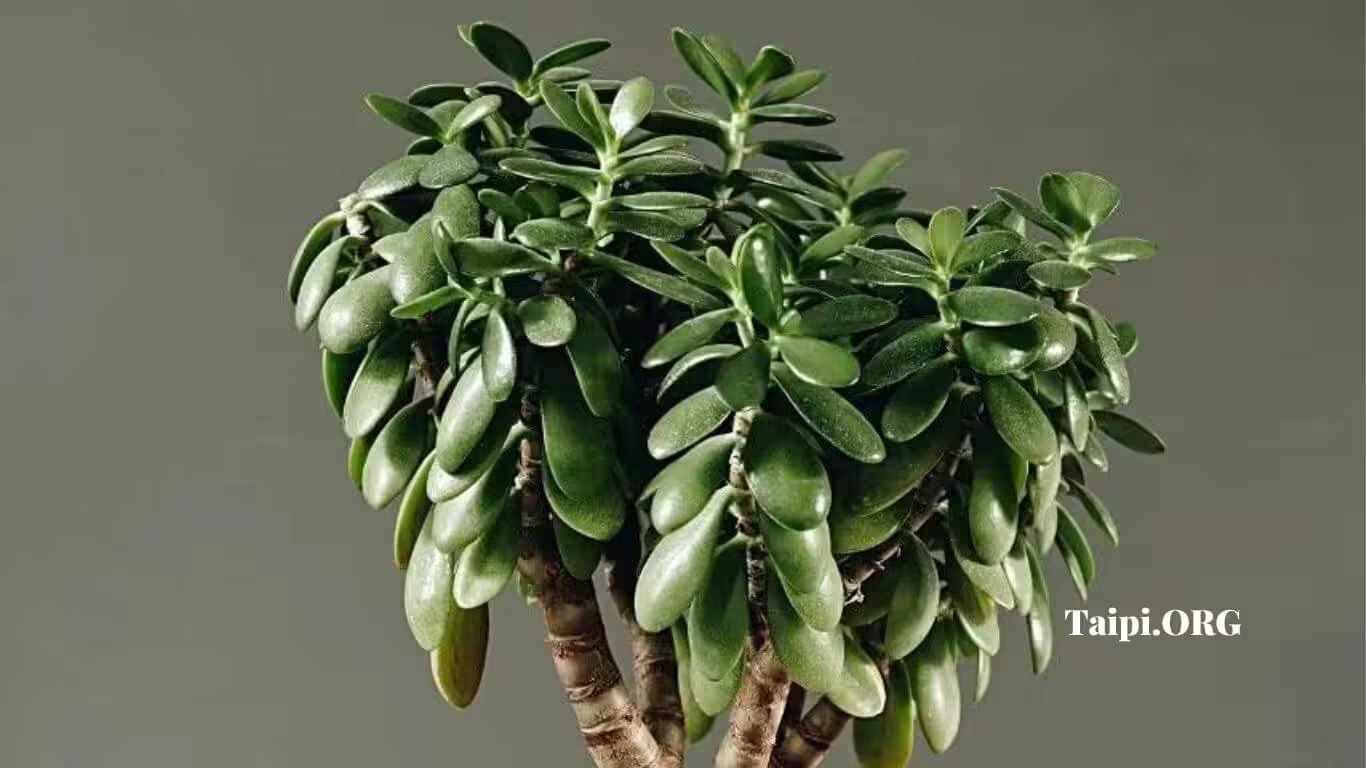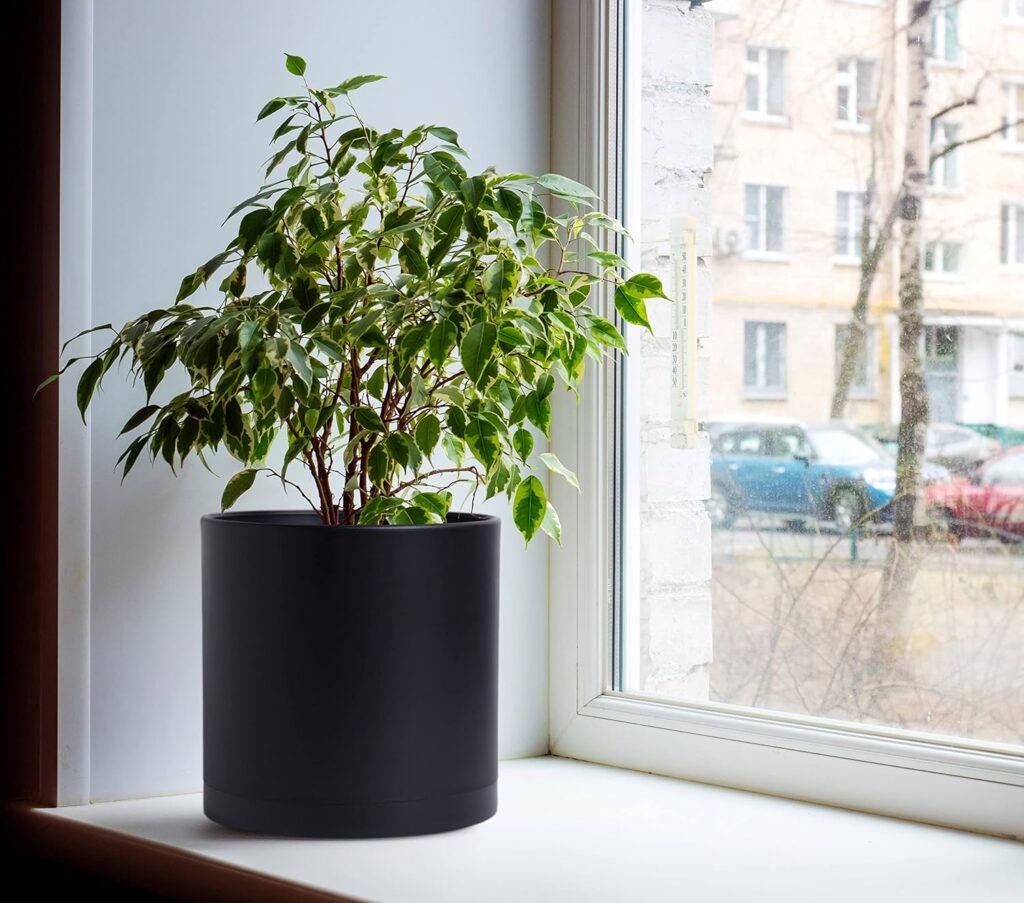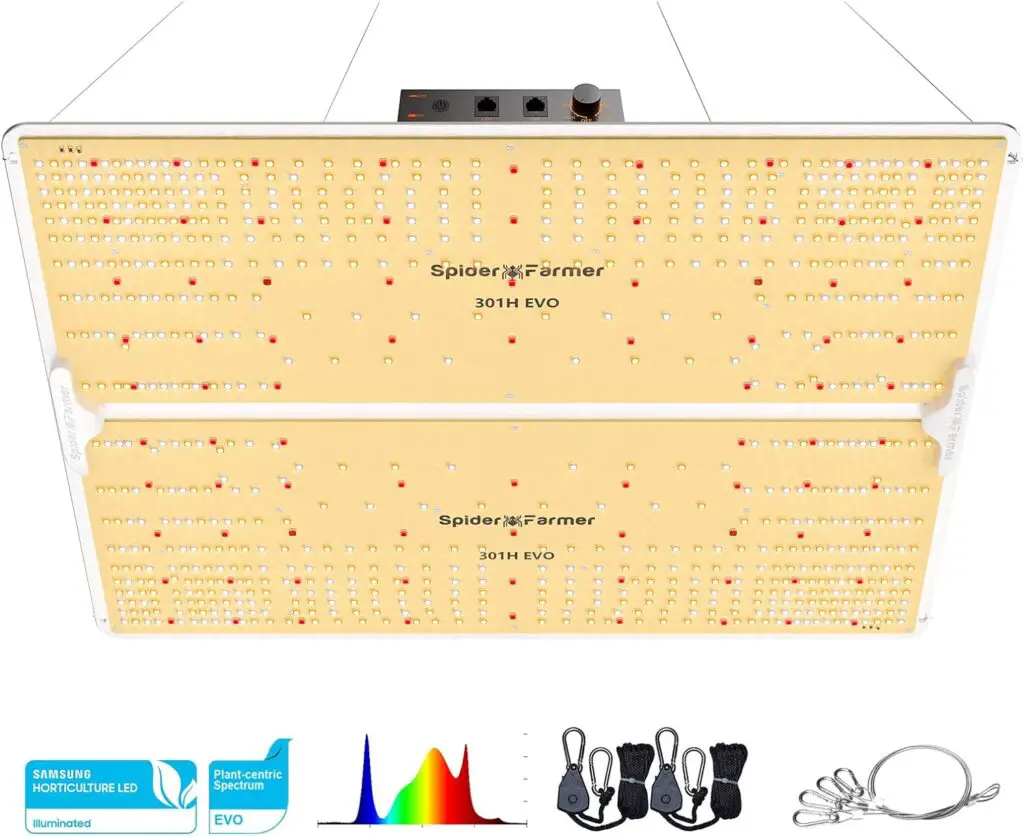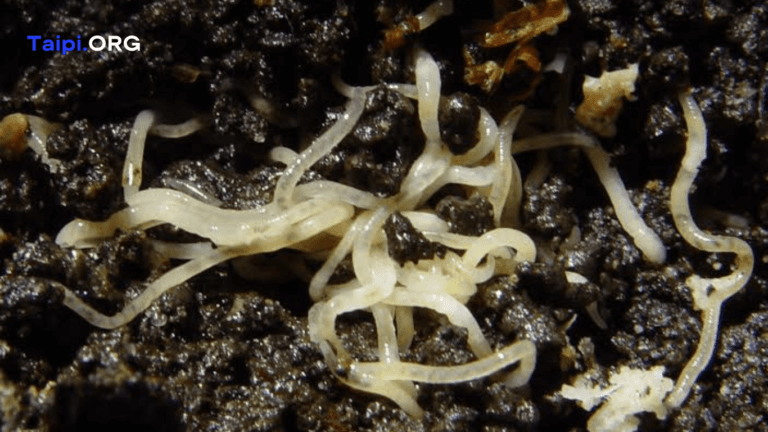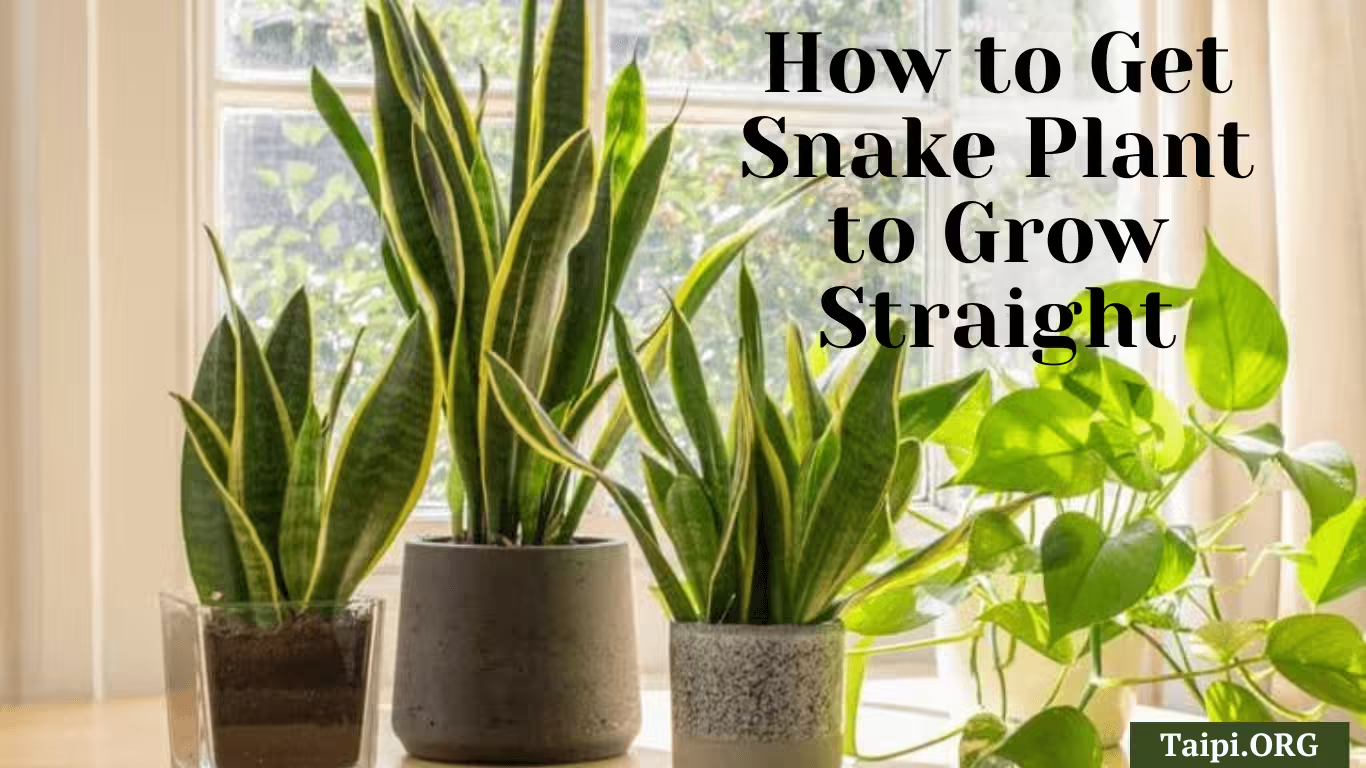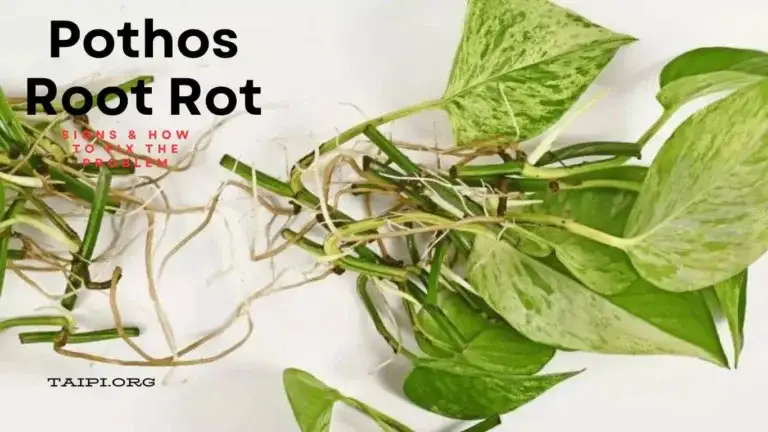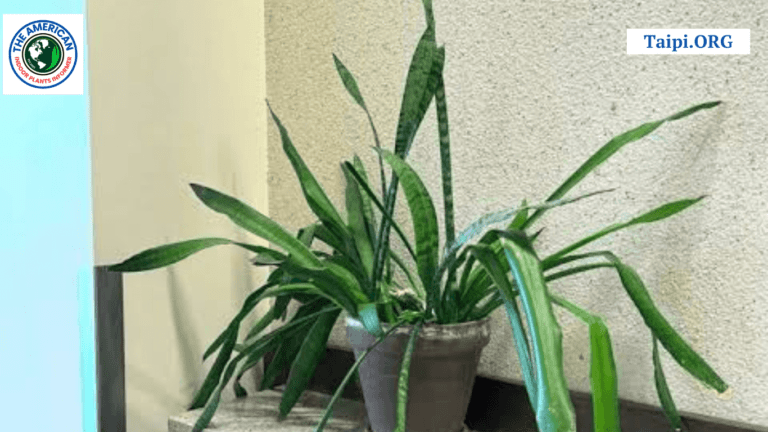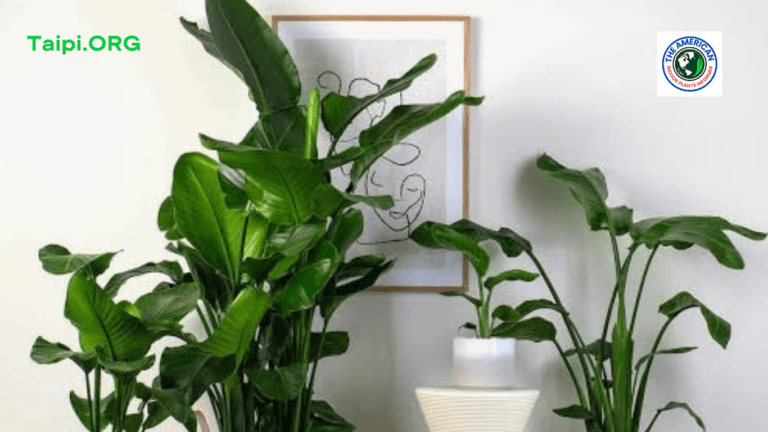Why is My Jade Plant Drooping? Tips for a Thriving Succulent
WHEN your jade plant starts drooping, it can be disheartening, especially if you’ve put effort into its care. A drooping jade plant (Crassula ovata) not only detracts from its aesthetic appeal but also signals that something in its environment or care routine needs adjustment. Understanding the reasons behind this issue is crucial for ensuring your plant’s health and longevity.
The Main Cause of Jade Plant Drooping Leaves
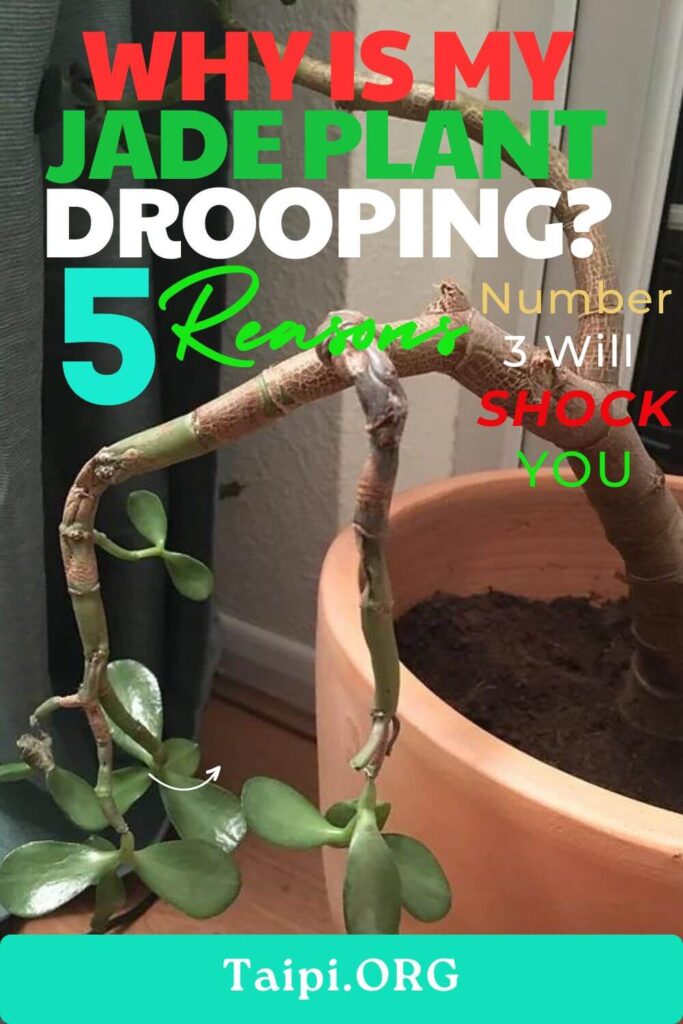
Improper watering practices (overwatering and underwatering) are the main reasons your jade plant droops. Other factors include insufficient light, poor soil conditions, and pest infestations.
Identifying and addressing the underlying cause is essential for restoring your jade plant to its former glory.
Related articles:
A Brief History of the Jade Plant
The jade plant, known scientifically as Crassula ovata, is native to South Africa and Mozambique. It has been cherished for centuries for its thick, glossy, green leaves and its ability to thrive in various conditions.
Often associated with good luck and prosperity, the jade plant is a popular choice for indoor and outdoor gardens. Its low-maintenance nature and attractive appearance make it a favorite among succulent enthusiasts and beginners.
5 Undisputed Reasons Why Your Jade Plant is Drooping
Now, let’s look at all the possible reasons you’re seeing jade plant droopy leaves in your house.
1. Overwatering
One of the most common reasons my jade plant is drooping is overwatering. Jade plants are succulents – they store water in their leaves and stems.
Overwatering can lead to root rot, a condition in which the roots become waterlogged and start to decay, preventing the plant from absorbing the necessary nutrients and moisture.
Solution: Allow the soil to dry out completely between waterings. Use well-draining soil and a pot with drainage holes (pictured ⬆) to prevent water from accumulating at the bottom.
2. Underwatering
Conversely, underwatering can also cause jade plant leaves drooping. When a jade plant does not receive enough water, its leaves may become shriveled and lose their firmness, leading to a drooping appearance.
Solution: Water your jade plant thoroughly but infrequently. Ensure the soil is dry at least an inch below the surface before watering again.
3. Inadequate Light
Jade plants require plenty of bright, indirect sunlight to thrive. Insufficient light can cause the plant to become leggy and weak, leading to drooping leaves.
Solution: Place your jade plant where it can receive at least four hours of indirect sunlight each day. Use a grow light (pictured ⬆) if natural light is limited.
4. Poor Soil Conditions
Soil that retains too much moisture or lacks proper nutrients can contribute to drooping leaves. Jade plants need well-draining soil to prevent root rot and ensure adequate aeration.
Solution: Use a cactus or succulent potting mix that provides excellent drainage. Adding perlite or sand to regular potting soil can improve its drainage capabilities.
5. Temperature Stress
Jade plants prefer a stable temperature environment. Extreme temperature changes, especially cold drafts or excessive heat, can stress the plant and cause its leaves to droop.
Solution: Keep your jade plant in a location with consistent temperatures, ideally between 65-75°F (18-24°C). Avoid placing it near heaters, air conditioners, or drafty windows.
6. Pest Infestation
Pests such as mealybugs, spider mites, and scale insects can weaken a jade plant by feeding on its sap, leading to drooping leaves.
Solution: Regularly inspect your jade plant for signs of pests. If you detect any pest infestations, treat the plant with insecticidal soap or neem oil, and isolate it from other plants to prevent the infestation from spreading.
Expert Tips to Prevent Jade Plant from Drooping
Monitor Watering: Water your jade plant consistently. Remember that less is more when it comes to watering succulents.
Provide Adequate Light: Ensure your jade plant receives enough indirect sunlight. Rotate the plant occasionally to ensure even light distribution.
Use Proper Soil: Invest in a high-quality succulent or cactus potting mix to ensure good drainage and aeration.
Maintain Optimal Temperature: Keep your jade plant in a stable environment with moderate temperatures, away from extreme heat or cold.
Regular Inspections: Check your plant regularly for signs of pests or diseases, and act quickly if any issues are detected.
Key Takeaways
- Drooping leaves in jade plants are a sign of stress or poor health.
- Common causes include overwatering, underwatering, inadequate light, poor soil, temperature stress, and pest infestations.
- Preventive measures include proper watering, adequate lighting, suitable soil, stable temperatures, and regular plant inspections.
Frequently Asked Questions (FAQs)
Q: How often should I water my jade plant?
A: Water your jade plant every 2-3 weeks, allowing the soil to dry out completely between waterings.
Q: Can jade plants recover from drooping leaves?
A: Yes, with proper care and adjustments to their environment, jade plants can recover from drooping leaves.
Q: What type of soil is best for jade plants?
A: A well-draining succulent or cactus potting mix is ideal for jade plants.
So, Why Is My Jade Plant Drooping?
While overwatering and under watering are the main reasons your jade plant is drooping, several other factors contribute to the plant’s overall droopy state. By understanding the common causes and implementing the suggested solutions, you can help your jade plant recover and thrive.
With proper care, you can revive your jade plant droopy leaves state and grow a vibrant and healthy addition to your home or garden for many years.

